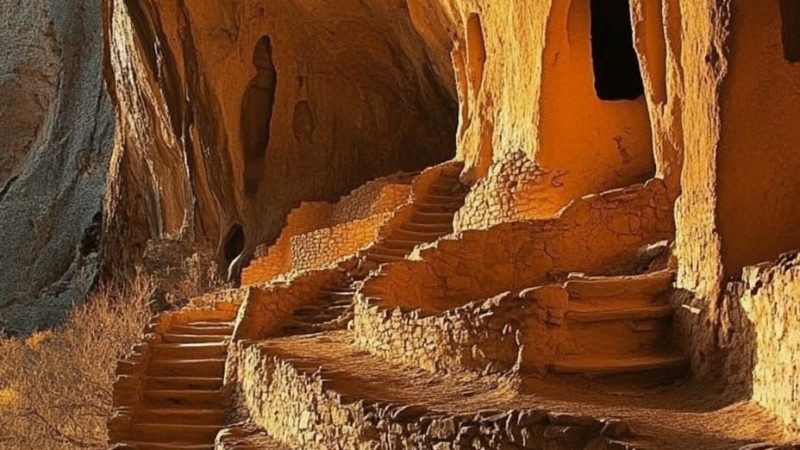Spain’s Striking ‘Rio Tinto’: The Enigmatic Red River
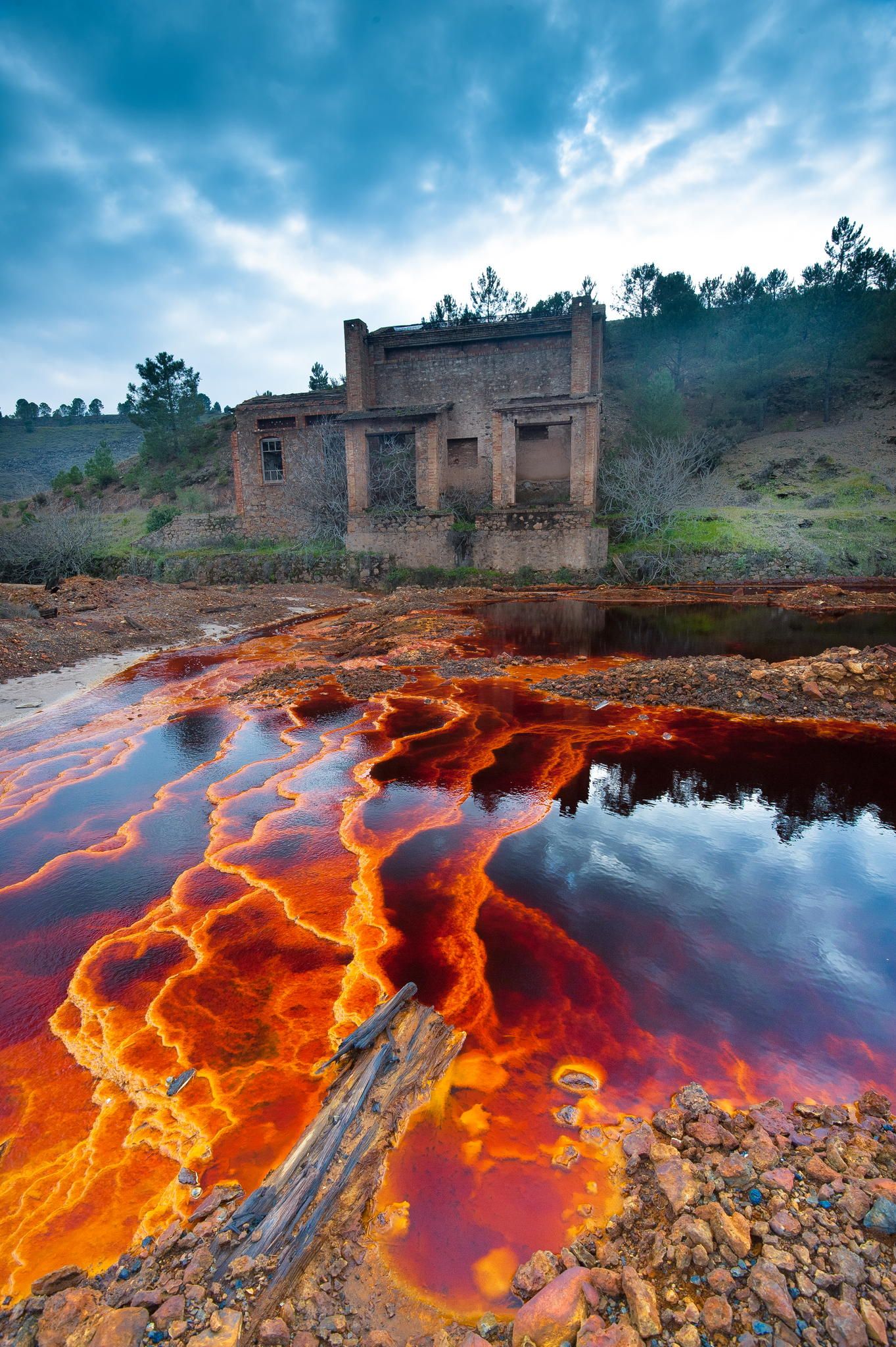
In the southwestern region of Spain lies a natural wonder that baffles and captivates all who encounter it – the Rio Tinto, often referred to as the “Red River.” Flowing through the provinces of Huelva and Seville, this iconic river owes its vivid red color to a unique combination of natural processes and human activities.
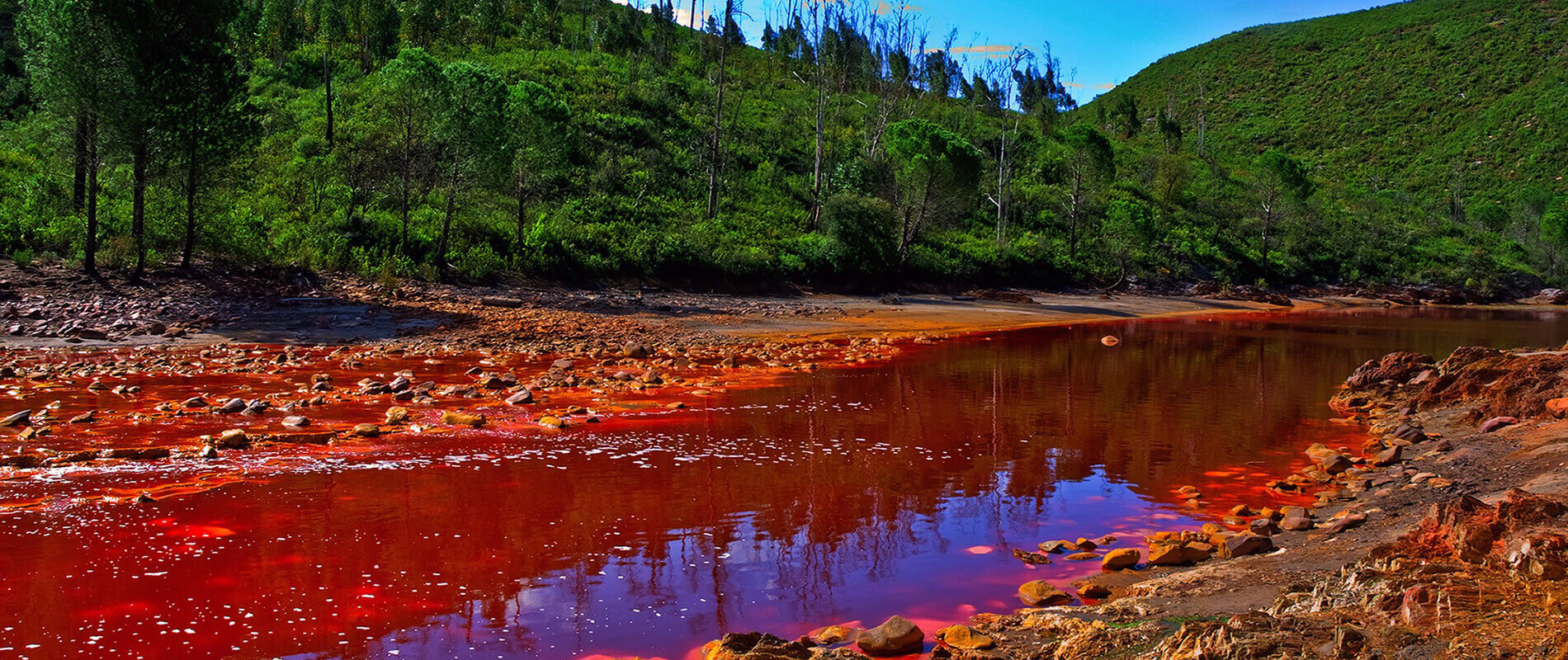
The Rio Tinto has been a source of fascination for centuries, drawing the attention of scientists, geologists, and curious travelers alike. The river’s distinct hue is a result of its high concentration of iron and other heavy metals, a consequence of centuries of mining activities in the area.
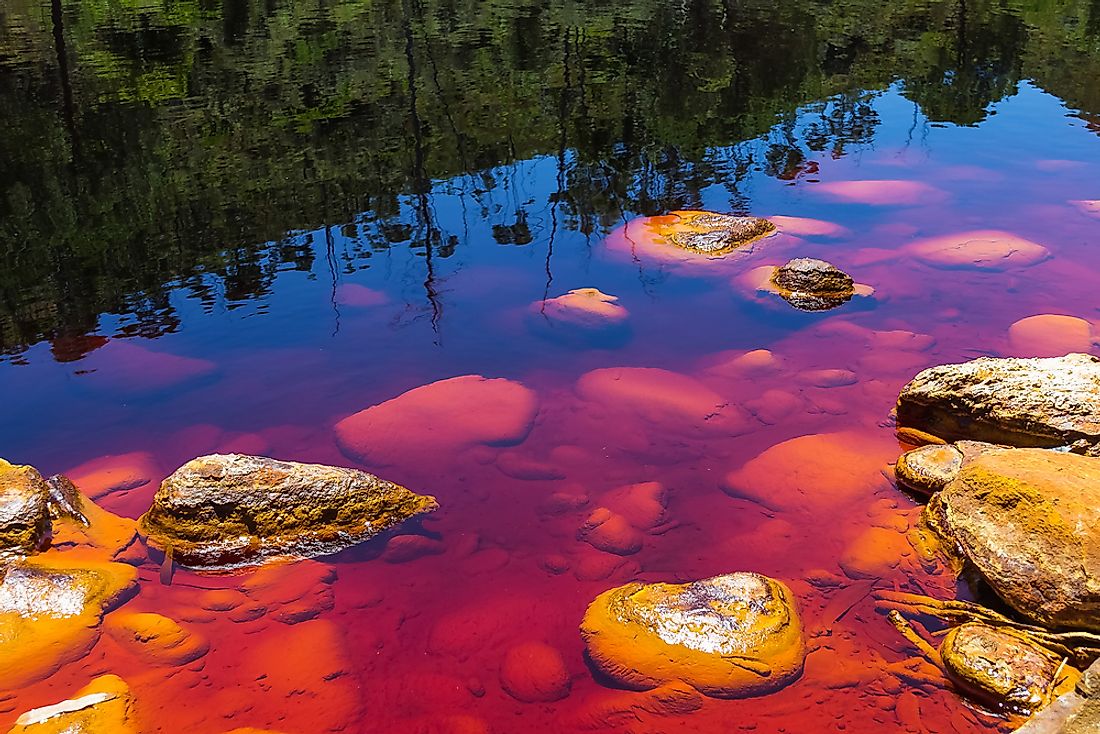
The geological history of the Rio Tinto dates back millions of years when mineral-rich water from deep within the Earth’s crust mixed with the river’s surface water. Over time, this interaction led to the deposition of iron, copper, and other metallic minerals along the riverbed. The continuous flow of these mineral-laden waters has created a striking red color that stretches for approximately 100 kilometers.
The Rio Tinto’s surreal appearance has earned it the nickname “Mars on Earth,” as its reddish-brown landscape resembles the barren terrains of the Red Planet. Scientists have even utilized this natural wonder as an analog for Martian exploration, as the extreme conditions and high mineral content of the river’s water closely resemble some of the characteristics of Mars.
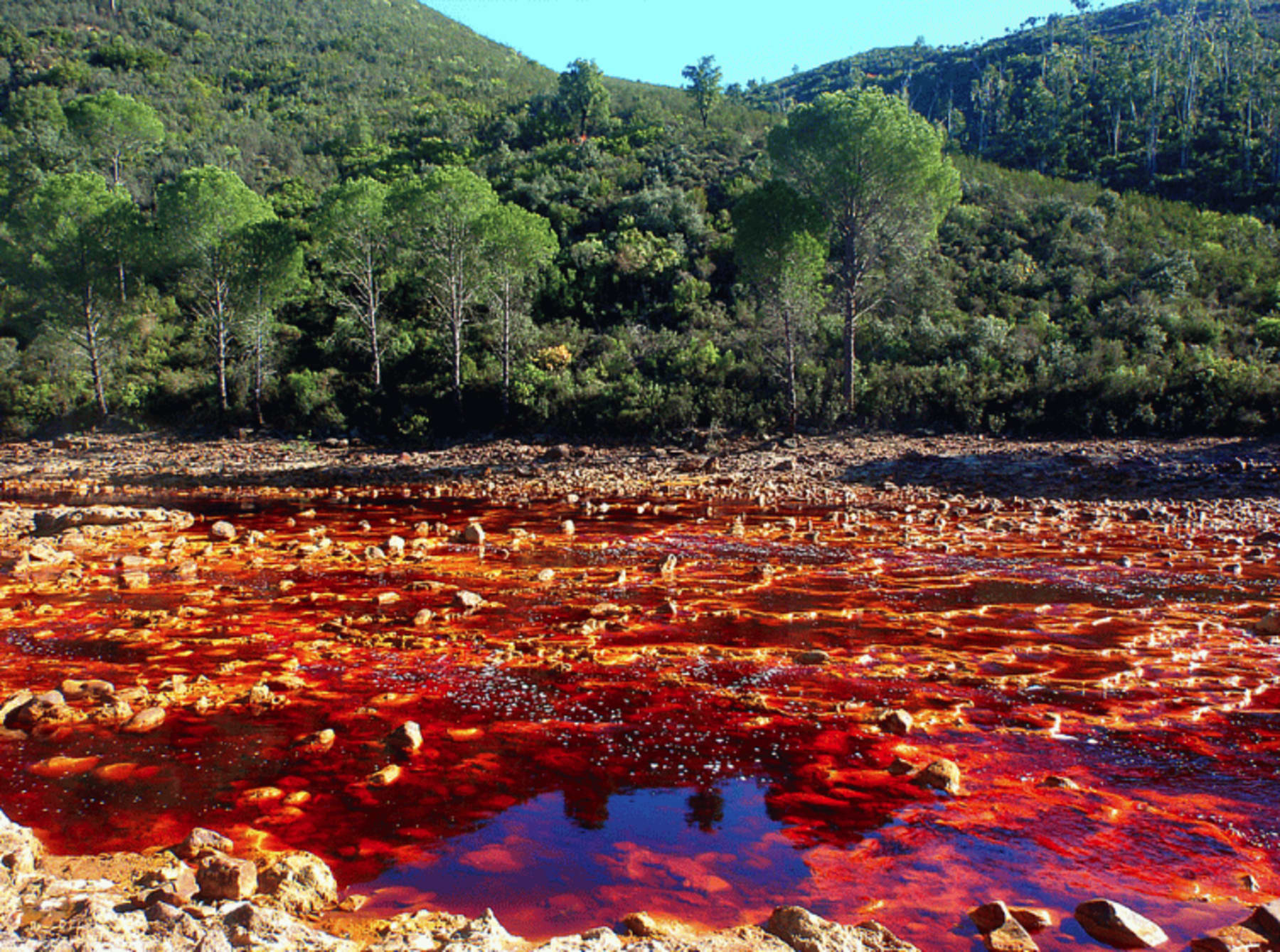
Despite its alien appearance, the Rio Tinto hosts a diverse ecosystem of extremophile microorganisms that thrive in its extreme conditions. These organisms are capable of surviving high levels of acidity and heavy metal concentrations, making the river a unique and valuable research site for astrobiologists and environmental scientists.
The Rio Tinto’s history is intertwined with Spain’s mining heritage. For thousands of years, various civilizations have exploited the region’s mineral wealth, leaving behind a rich tapestry of human history and industrial archaeology. Ancient artifacts and remains of mining infrastructure can still be found along the riverbanks, providing a glimpse into the past.
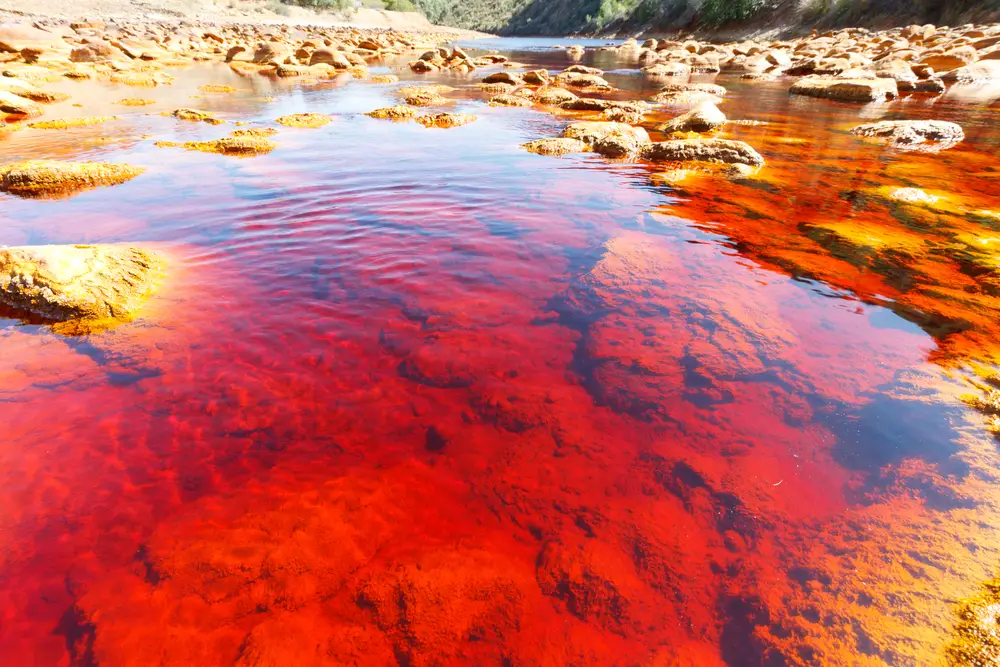
Today, the Rio Tinto continues to draw visitors from around the world, eager to witness its enigmatic beauty and explore its intriguing scientific significance. Tourists can enjoy boat rides along the river and visit nearby mining towns that have preserved their historical charm.
As we marvel at the surreal beauty of Spain’s Rio Tinto, it serves as a reminder of the delicate balance between human activities and the natural world. The red river stands as a testament to the resilience of life, even in the most extreme environments. By preserving and studying this unique ecosystem, we gain valuable insights into the possibilities of life beyond Earth and the importance of protecting our own planet’s precious resources.


